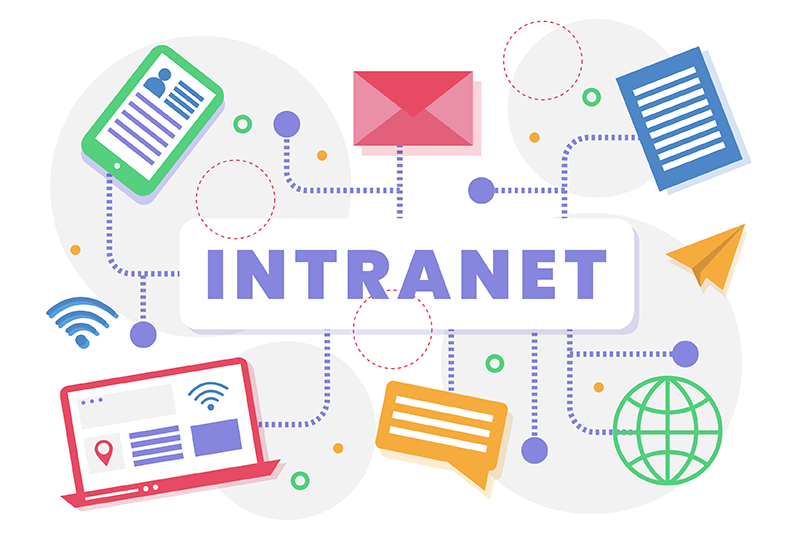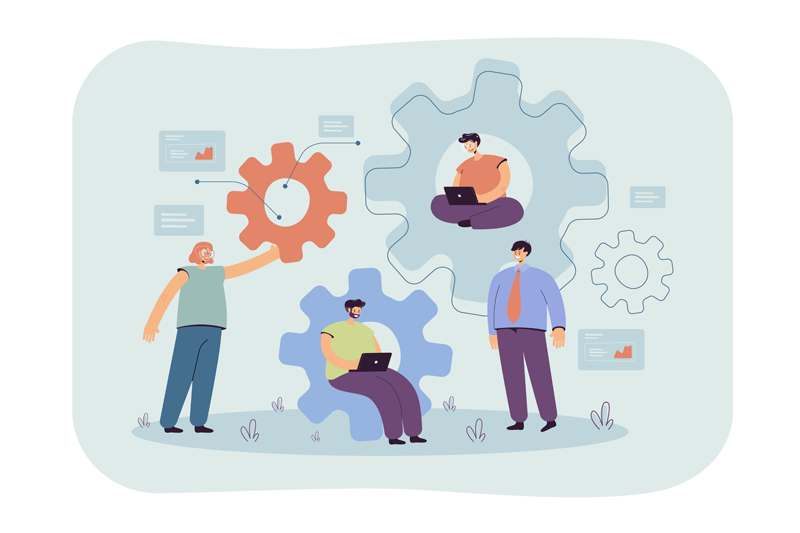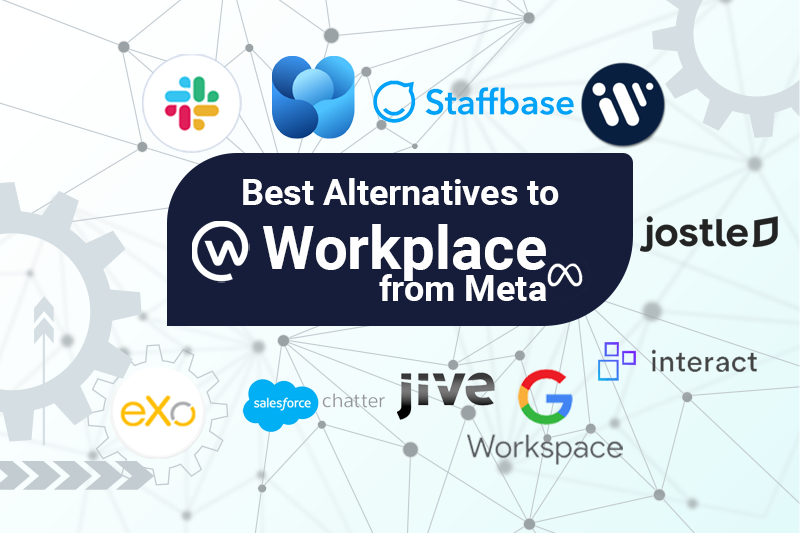- Fares Laroui
- March 17, 2020
30 digital collaboration terms that you should know about

Content
1. Digital workplace
2. Document management system (DMS)
3. Knowledge management system (KMS)
4. Project management system
5. Web content management system
6. Corporate Intranet
7. Extranet
8. Enterprise social network (ESN)
9. Calendar management
10. Enterprise wiki

FREE WHITE PAPER
Types of Digital workplace solutions
The modern workplace has evolved significantly in recent years, with advancements in technology, the growing number of tools …
11. Employee engagement software
12. Employee recognition software
13. Gamification software
14. Third-party applications
15. Interoperability
16. Activity streams
17. Collaborative spaces or groups
19. Notifications
20. Real-time chat
engagement and performance
21. Forums
22. Polls
23. People directory
24. Enterprise search
25. Version control
26. Co-editing
27. Widgets and portlets
28. Microblogs and news
29. Single Sign-On
30. Security and access control
discover all the features and benefits
FAQs
What is collaboration?
Collaboration is “the situation of two or more people working together to create or achieve the same thing”.
What are the different types of collaboration in business?
Here are some definitions of digital workplace:
- Team collaboration
- Cross-departmental and interdisciplinary collaboration
- Community collaboration
- Strategic partnerships and alliances
- Supply chain collaboration
How to choose the best type of collaboration?
In order to effectively find the right type of collaboration for your business, you have to follow a strategic approach and answer three common yet critical questions: Where are we? Where do we want to be? And how to get there?
Why collaboration is important?
At the internal level, businesses try to encourage and seek to incorporate different forms of collaboration in the workplace to lay the foundations for teams to be able to work together with an aim to achieve higher levels of success.
Externally, businesses look to engage in collaborative actions to benefit from others’ expertise, to gather the opinions of their customer base and to get customers and other stakeholders more involved in the development of products and services.
What are the benefits of collaboration in the workplace?
Here are some of the benefits of collaboration in the workplace:
- Foster innovation and creativity
- Better problem solving
- Effectively handle times of crises
- Engage and align teams
- Increase motivation
- Attract talents
- Tags: Digital workplace, Collaboration, Tutorial
Related posts
- All
- eXo
- Digital workplace
- Employee engagement
- Open source
- Future of work
- Internal communication
- Collaboration
- News
- intranet
- workplace
- Knowledge management
- Employee experience
- Employee productivity
- onboarding
- Employee recognition
- Change management
- Cartoon
- Digital transformation
- Infographic
- Remote work
- Industry trends
- Product News
- Thought leadership
- Tips & Tricks
- Tutorial
- Uncategorized
Leave a Reply
( Your e-mail address will not be published)



18. Social dimensions